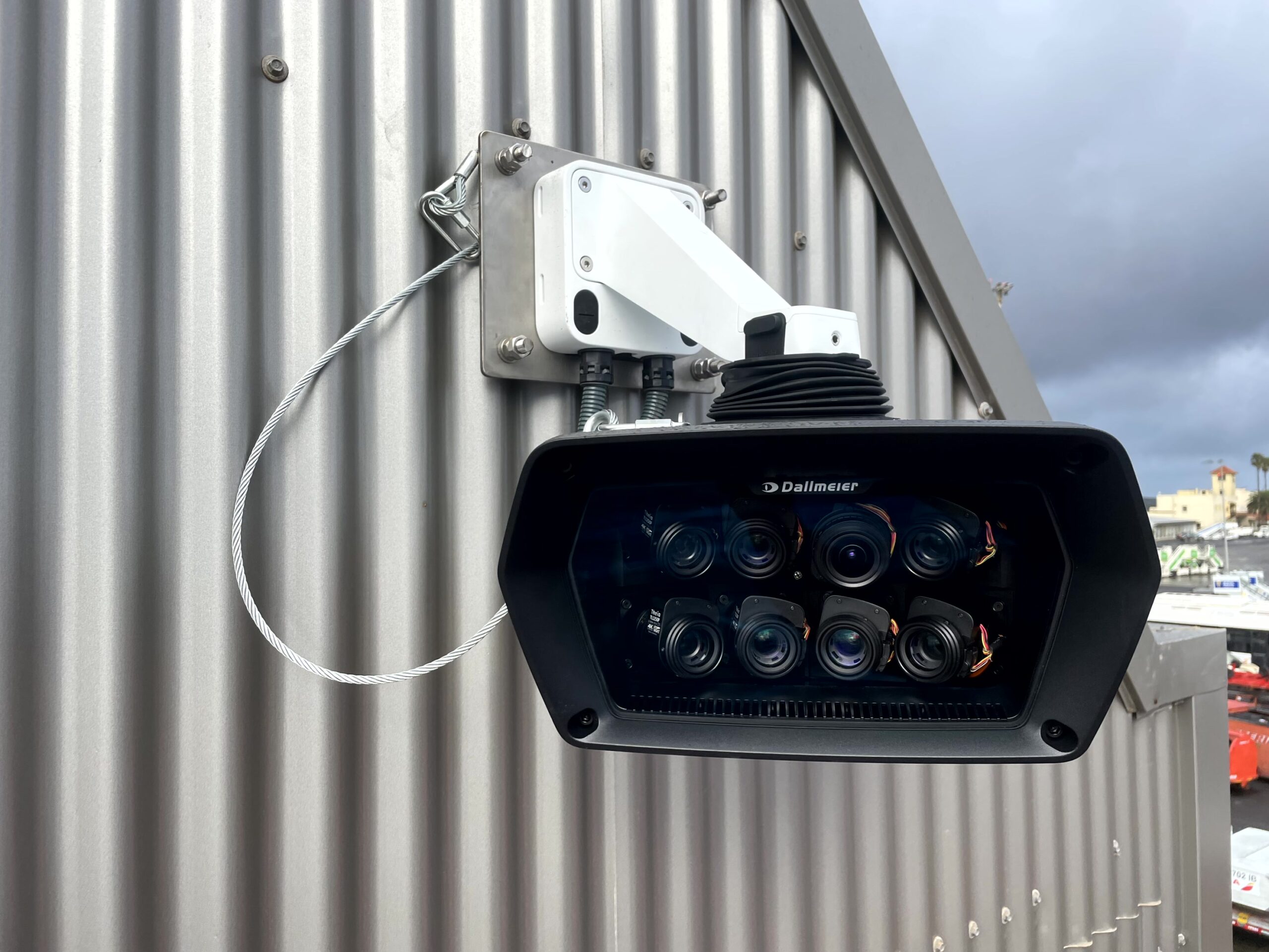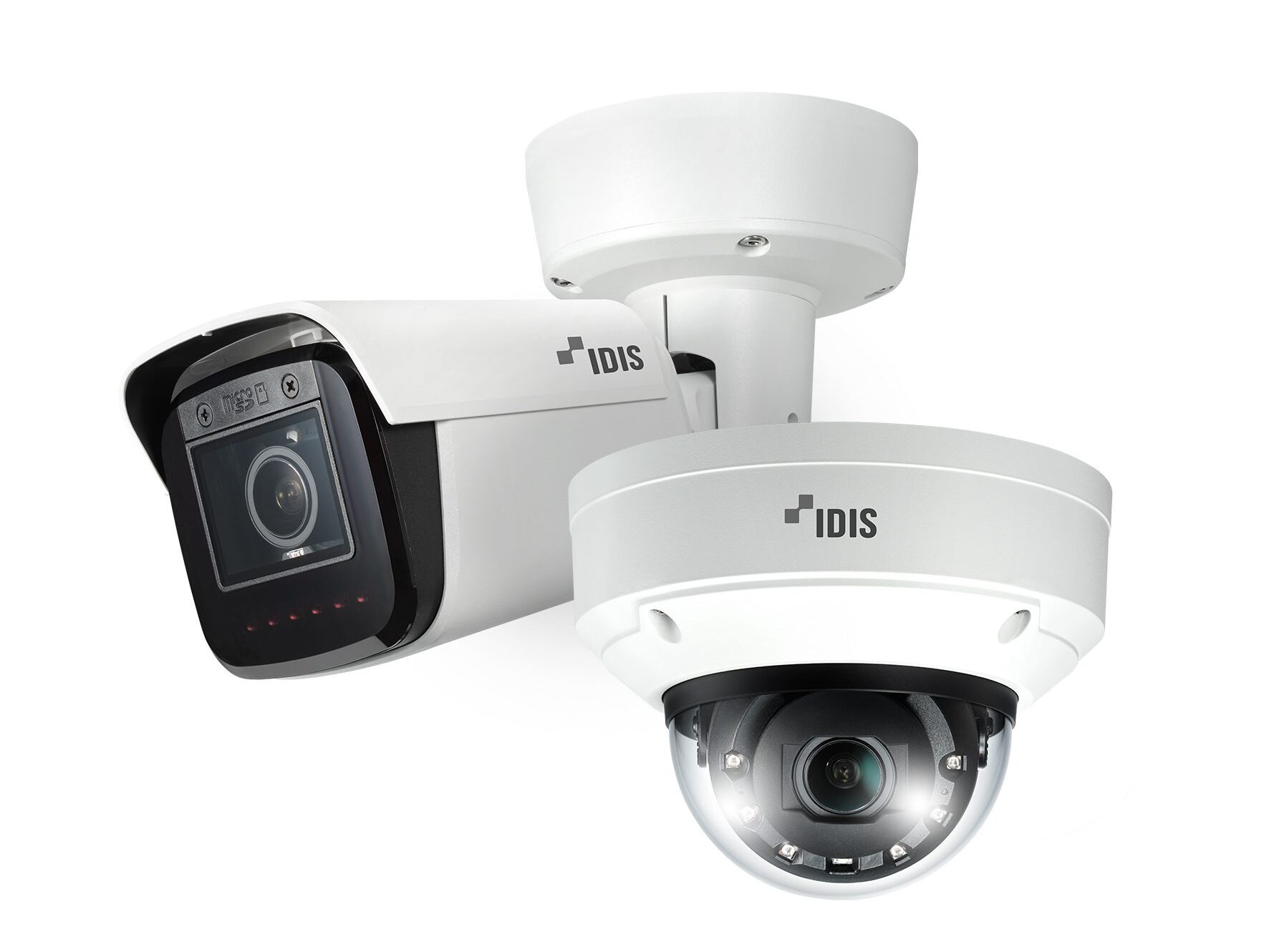LastPass: The latest security trends emerging in 2017
by Joe Siegrist, VP and GM, LastPass
2016 saw personal data from 2.7 billion user accounts exposed to potential hackers, as security breaches dominated headlines. Established, major names such as Yahoo, LinkedIn, and MySpace were all targeted, but in 2017, businesses of all sizes will have to step up their security in order to keep data secure.
In light of this, here are 5 key security trends which we believe will emerge in 2017.
1 – Two-factor authentication will be adopted widely
The tech industry needs to win back the trust of its consumers. Two-factor authentication (2FA) adds an extra step to your log-in procedure, making it more secure. 2FA protects consumers by eliminating collateral damage from successful phishing attempts, and protecting user data from password guessing software. 2017 will see consumers and organisations alike adopting 2FA.
2 – Governments and businesses will adopt offensive cyber-security strategies
There will be continued dialogue on a national level as the government and enterprises continue to enhance cyber-security and tackle cybercrime. It’s also probable that regulations will be introduced to ensure devices are adequately protected. Governments and corporations that do not prioritise security will find themselves unprepared, and as a result, citizens will suffer.
3 – Everyone will be using password managers
2017 will see more and more people adopting password managers in a bid to protect their personal data. As people realise the importance of using unique passwords across all accounts, they’ll use password managers to store and encrypt their saved passwords. This way, they won’t need to rely on their brains or a piece of paper to remember their log-ins.
4 – Small businesses will be just as vulnerable as larger enterprises
In 2017 small businesses will be just as vulnerable to breaches as big corporations. Those who believe they are uninteresting to hackers will find themselves most at risk of data breaches. And it’s smaller businesses, not large ones, which will struggle to repair the brand and financial damage if data is compromised. The latest Government Security Breaches Survey found that only 22 per cent of small and 38 per cent of medium businesses have trained their staff in the past 12 months, suggesting we’ll see an increase of attacks in 2017 before a decrease. SMEs should invest in cyber-security training for staff, increasing awareness of how to spot phishing attempts and the dangers of re-using passwords.
5 – Wearables will be a prime target
The wearables market is rapidly expanding, with devices ranging from fitness trackers to rings that act as alarm clocks, hitting the market. Wearables are also playing a role in companies who are looking to develop more mobile businesses. According to ABI Research, by 2019 there will be an estimated 780 million wearable devices. However, as the market grows, they become bigger targets for hackers, especially in populated areas. Wearables collect personal data, and most vendors don’t build in adequate security features that can protect user privacy. To ensure their devices are secure, companies need to build them with security in mind, and not as an afterthought.
[su_button url=”https://www.lastpass.com/” target=”blank” style=”flat” background=”#df2027″ color=”#ffffff” size=”10″ radius=”15″ icon=”icon: arrow-circle-right”]Click here to find out more about LastPass[/su_button]























